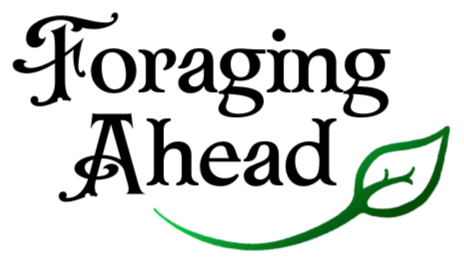Accidental Pollinators
Did you know that foxes can pollinate flowers?
It may sound unlikely, but it’s true. When a fox pokes its nose into a bloom while sniffing for insects or snacks on a berry-heavy plant, it can pick up pollen and carry it to the next flower without even trying. This process, known as accidental pollination, is one of the lesser-known but incredibly fascinating parts of natural ecosystems. While bees and butterflies get most of the spotlight, many other creatures—from spiders to deer—play a quiet but meaningful role in plant reproduction.
What Is Accidental Pollination?
Accidental pollination happens when animals interact with flowers while doing something else—hunting, eating, resting, or just passing through. Unlike bees or butterflies that intentionally seek nectar and pollen, accidental pollinators pick up pollen while brushing past blooms, sticking their noses in search of insects, or even lying in wait for prey.
But this isn’t just a happy accident for plants—many have adapted to encourage it.
Some native plants have evolved sticky or clingy pollen that’s more likely to adhere to fur, feathers, or even skin. Others position their flowers low to the ground or at animal eye-level, inviting contact from non-flying creatures. This isn’t coincidental—it’s an evolutionary strategy. While a bee may carry pollen with purpose, a browsing rabbit or foraging raccoon can carry a lot of pollen across long distances just by wandering.
Many sedges, ground-level wildflowers, and woodland edge plants seem especially suited to these kinds of interactions. Their pollen is often statically charged or textured to help it cling to passersby. These traits are particularly important in more shaded or dense environments where flying pollinators are less common.
Animals Doing Their Part (Without Even Knowing!)
Let’s return to our fox example. In the Southeast, gray foxes and raccoons often forage among native fruiting plants like blackberries, pawpaws, or persimmons. As they sniff, nibble, or paw at the foliage, they make contact with pollen-rich flower parts. Even if it’s unintentional, these moments contribute to pollination—especially in areas where more traditional pollinators are in decline.
Spiders, especially crab spiders, often hide inside flowers to ambush insects. While they lie in wait, they brush up against stamens and pistils, picking up grains of pollen that they carry with them as they move from bloom to bloom. They’re not there to help the plant—but the plant benefits anyway. Similarly, lizards and tree frogs sometimes rest on broad flowers for shelter or warmth, and they, too may transport pollen accidentally.
Then there are the browsers and grazers: deer, rabbits, and groundhogs. These animals spend much of their time in tall grass and wildflower meadows, where pollen is often abundant. As they eat leaves or brush against flowers while walking, they collect pollen on their fur. While not as efficient as a bee, their larger bodies and wide roaming ranges can make surprising contributions to spreading pollen, especially among less-showy native plants.
As ambush bugs wait on goldenrod flowers, they are unintentionally transporting pollen from plant to plant.
Why It Matters for Habitat Design
Accidental pollinators remind us that a healthy ecosystem relies on more than just bees and butterflies. When you create space for a wide range of animals—predators, herbivores, and everything in between—you also support plant communities that have evolved to interact with them.
Incorporating native plants that thrive in edge habitats or woodland understories, especially those with sticky pollen or low-growing blooms, helps support this broader web of life. And the more layered and biodiverse your landscape is, the more opportunities there are for these accidental partnerships to happen.
Creating a space where foxes, frogs, and rabbits all have a role isn’t just good for wildlife—it’s good for your plants, too.
Ready to transform your yard into a habitat where every visitor plays a part? Let Foraging Ahead help you design with intention, beauty, and biodiversity in mind.


